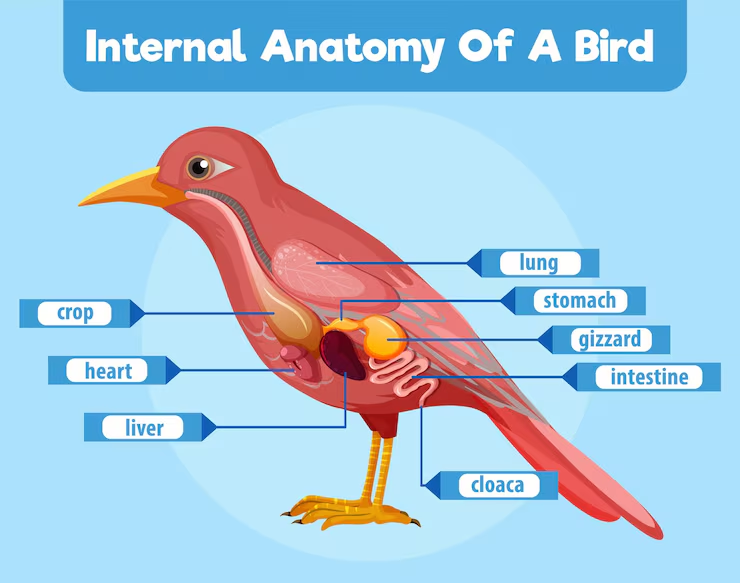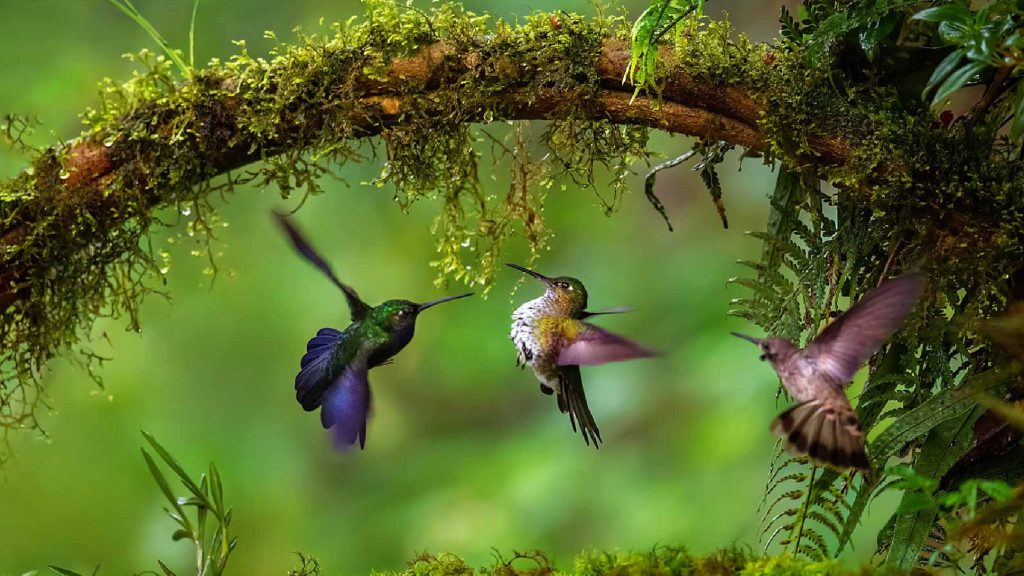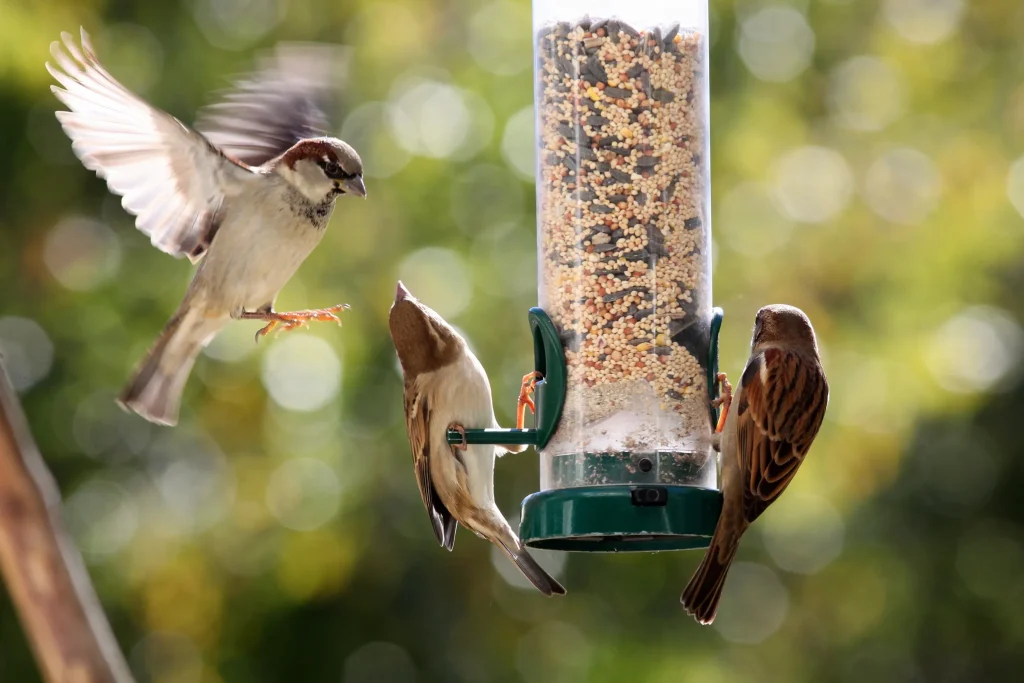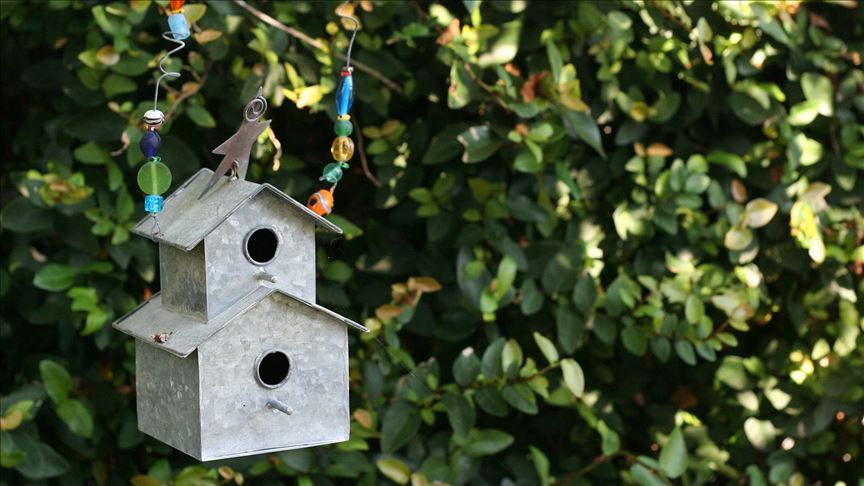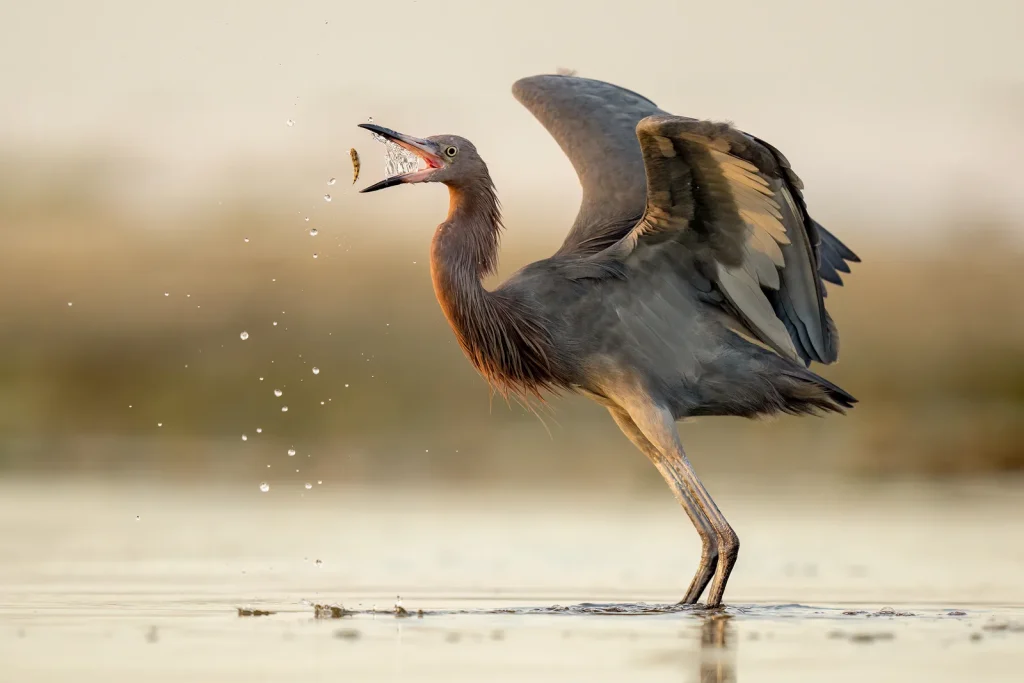Finding a bird with a broken wing can be upsetting, and you might feel unsure about what to do next. You want to help, but treating an injured bird needs care and the right steps.
If you act quickly and carefully, you can make a big difference in your feathered friend’s recovery. You will learn exactly how to handle the situation, what to avoid, and how to give the bird the best chance to heal.
Keep reading, because your actions could save a life.
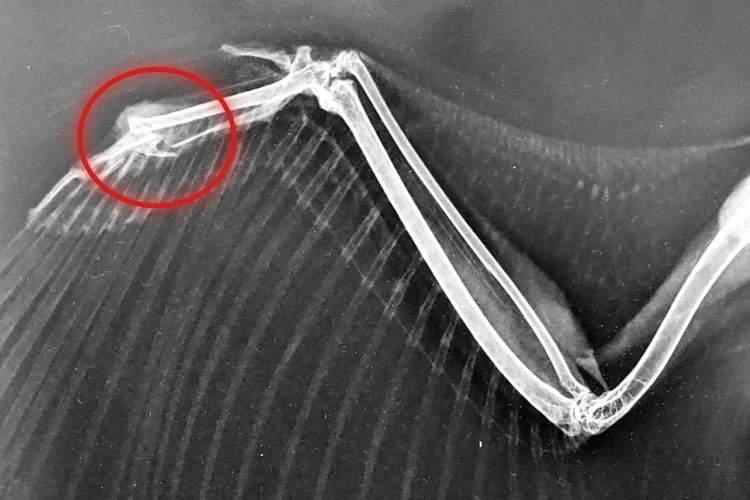
Credit: www.birdtlc.org
Recognizing A Broken Wing
Birds with broken wings need quick help to heal. Knowing the signs of a broken wing is important. You can act fast and give the bird the care it needs.
This guide will help you spot injuries and understand what causes broken wings in birds. Learning this can save a bird’s life.
Signs Of Injury
Birds with broken wings often show clear signs of pain or trouble. Watch for these signs to know if a bird is hurt.
- The bird holds its wing in an unusual position.
- Swelling or bruising appears on the wing.
- The bird cries out or tries to hide when touched.
- The wing looks bent or twisted.
- The bird cannot fly or flaps weakly.
- Feathers around the injury may be missing or ruffled.
Common Causes
Bird wings break for many reasons. Knowing these causes helps prevent harm and helps injured birds recover.
- Collisions with windows, cars, or buildings.
- Attacks by cats, dogs, or other animals.
- Getting caught in fences or wires.
- Falling from nests or high places.
- Strong storms or bad weather.
Initial Safety Measures
Finding a bird with a broken wing can be upsetting. It is important to act carefully to keep yourself and the bird safe.
This guide covers how to approach the bird and protect both of you during the rescue.
Approaching The Bird
Move slowly and quietly toward the bird. Sudden moves can scare it more. Watch how the bird reacts as you get closer.
- Keep your body low to the ground.
- Avoid loud noises or quick movements.
- Stop if the bird shows signs of stress.
- Use a towel or cloth to cover the bird’s head gently.
Protecting Yourself And The Bird
Wear gloves to protect your hands from scratches or bites. Use a towel to hold the bird securely without hurting it.
| Safety Tips | Reason |
| Wear thick gloves | Protects from sharp claws and beak |
| Use a soft towel | Prevents bird from flapping and causing more injury |
| Handle gently but firmly | Reduces stress and stops escape attempts |
| Keep bird warm | Helps prevent shock |
Preparing For Transport
When a bird has a broken wing, moving it safely is very important. Preparing the bird for transport helps prevent more injury.
You should act quickly but carefully. Make sure the bird feels safe and secure during the move.
Choosing A Suitable Container
Pick a container that is strong and safe for the bird. It should be big enough for the bird to sit quietly without moving much.
Use a cardboard box or a pet carrier with good ventilation. Avoid containers with sharp edges or holes where the bird can escape.
- Line the container with soft cloth or paper towels
- Make sure air holes are open but not too big
- Keep the container covered with a light cloth to reduce stress
Keeping The Bird Calm
Keep the bird calm by speaking softly and moving slowly. Sudden noises or quick moves can scare it more.
Cover the container with a cloth to block bright light. This helps the bird feel safe and less stressed.
- Handle the bird gently to avoid pain
- Keep the container in a quiet place during transport
- Do not try to feed or give water while moving
Basic First Aid Steps
Helping a bird with a broken wing needs care and calmness. You must act quickly to prevent more harm.
Follow simple steps to give the bird the right first aid before taking it to a vet.
Immobilizing The Wing
Keep the bird still to stop the wing from moving. Moving can cause more pain and damage.
Use soft materials to make a splint and hold the wing in place gently.
- Find two thin sticks or similar straight objects.
- Place them on each side of the broken wing.
- Wrap the sticks and wing softly with cloth or bandage.
- Make sure the wrap is tight enough to hold but not cut off blood flow.
- Keep the bird in a quiet, safe place after immobilizing.
Handling Bleeding And Wounds
Look for any bleeding on the wing or body. Stop the bleeding quickly and gently.
Clean small wounds with clean water or saline. Avoid harsh chemicals that can hurt the bird.
- Apply gentle pressure with a clean cloth to stop bleeding.
- Use sterile gauze if possible to cover wounds.
- Do not try to remove deep objects stuck in the wound.
- If bleeding does not stop, get help from a vet fast.
When To Seek Professional Help
If you find a bird with a broken wing, it needs quick care. Some injuries need a vet or specialist. Knowing when to get help can save the bird’s life.
Not all broken wings can be fixed at home. Signs of a serious injury include bleeding, swelling, or if the bird cannot fly or stand.
Veterinary Care Options
Veterinarians have tools and knowledge to treat broken wings. They can set the bone, give medicine, and watch for infections.
- Check for open wounds or heavy bleeding.
- Notice if the bird is weak or in pain.
- Look for signs of broken bones or fractures.
- Observe if the bird is unable to perch or fly.
- Seek vet care quickly if any of these signs appear.
Wildlife Rehabilitation Centers
Wildlife centers care for injured wild birds. They have special permits and know how to handle wild animals safely.
| Reason to Visit | What They Do |
|---|---|
| Severe injuries | Provide surgery and long-term care |
| Orphaned or very young birds | Offer feeding and protection |
| Unsafe home environment | Ensure safe recovery and release |
| Wild behavior concerns | Help birds regain natural skills |

Credit: m.youtube.com
Preventing Future Injuries
Helping a bird with a broken wing is important. You must also work to stop injuries from happening again.
Creating safe places and teaching others about bird care helps keep birds safe and healthy.
Safe Environments
Birds need spaces without dangers like sharp objects or pets that can hurt them. Keep their area clean and quiet.
Use soft bedding and remove anything that can cause harm. Protect windows with decals to prevent birds from flying into them.
- Remove sharp or small objects
- Keep pets away from birds
- Use soft bedding materials
- Place decals on windows to prevent collisions
- Keep the area calm and quiet
Education And Awareness
Teach family and friends about how to care for birds safely. Explain the risks that can cause broken wings.
Share simple rules like not chasing birds and handling them gently. Awareness can help stop accidents before they happen.
- Explain safe ways to handle birds
- Warn about dangers like pets and windows
- Encourage gentle and calm behavior around birds
- Promote regular check-ups for pet birds

Credit: www.birdtlc.org
Frequently Asked Questions
How Can I Tell If A Bird Has A Broken Wing?
Look for swelling, bruising, or a drooping wing. The bird may avoid flying or show signs of pain when touched.
What Is The First Step To Treat A Bird’s Broken Wing?
Gently capture the bird using a towel. Keep it calm and place it in a secure, quiet box for transport.
Should I Attempt To Set The Bird’s Wing Myself?
No, do not try to set the wing. Improper handling can worsen the injury. Seek professional wildlife or vet help.
How Can I Keep The Bird Comfortable During Recovery?
Provide a quiet, warm, and safe environment. Limit movement and avoid loud noises to reduce stress and support healing.
Conclusion
Caring for a bird with a broken wing requires patience and care. Make sure to keep the bird calm and safe. Provide a quiet space free from stress. Gently immobilize the wing to prevent further harm. Consult a veterinarian for professional advice and treatment.
Follow their guidance for the best recovery. Offer nutritious food and fresh water daily. Monitor the bird’s progress closely. Celebrate small steps towards healing. Your efforts help the bird regain strength and health. Every action counts in its journey back to the sky.

